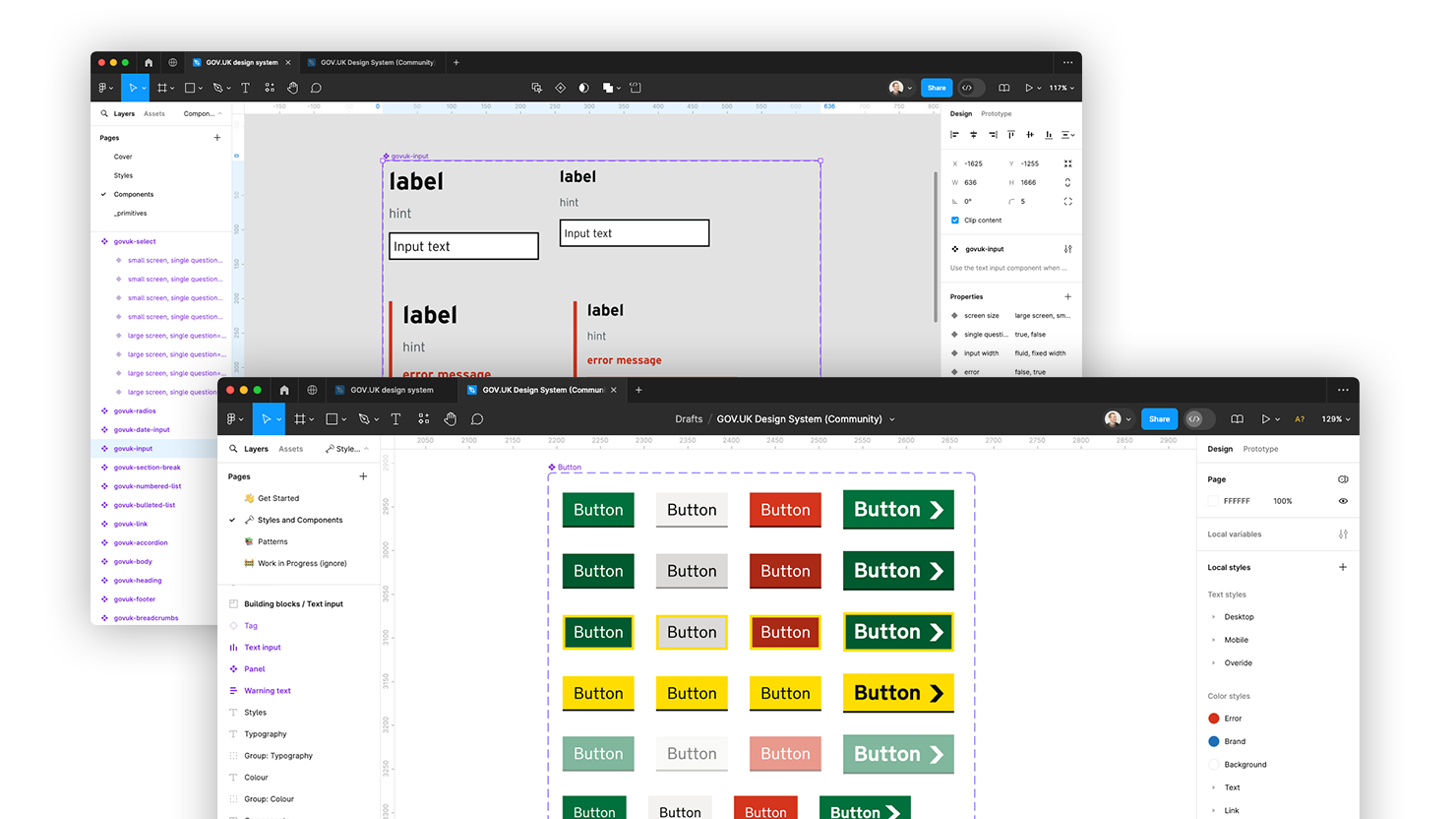Digital Innovation & mental health in healthcare UX

The healthcare sector is experiencing a new wave of digital innovation that is reshaping the landscape, promising a future where personalised, accessible, and effective care is not just a possibility, but a reality.
While we often hear about the latest technology trends in healthcare, there's a crucial aspect that deserves more attention: User Experience (UX) in healthcare.
One common misconception is that following a trend is enough to capture and penetrate a market. However, this theory has left many products and services in the dust. Rather than blindly following the latest trends, businesses must understand the pain points of medical professionals and service users to create products that resonate.
Fluent has created a 4 part blog series exploring how UX and design in part, will shape 4 key healthcare trends. We will be kicking off this series by exploring the remit of digital products for mental health and how to navigate its digital UX and design.
The power of user-centred care
Research has shown that when service user values and preferences are prioritised, they engage more in treatments, leading to better health outcomes. Digital products provide users with the flexibility to access care when and where they want it. Consider our client at Psyomics, who provide mental health assessments designed to be conducted in the comfort of one's home, ensuring effective matching with the most appropriate treatment options.
The sheer number of digital products designed to deliver mental health support entering the market in recent years is extraordinary - and continues to rise year on year. The challenge? Designing digital products that meet user needs effectively. Getting to grips with the size of the UX operation is a good starting point.
The NHS Confederation's vision
In September 2023 The NHS Confederation released a detailed report on Maximising the potential of digital in mental health and set a scope for the 3 main purposes for digital healthcare products:
- Supporting people to interact with health and care and to look after their health and wellbeing
- Organising and providing services effectively, including supporting professionals' delivery individual care
- Creating intelligence for service improvement, innovation, research and precision healthcare by making use of the enormous power of data and analysis.
Design dilemmas and understanding assumptions
Fundamentally within these 3 main purposes, there are multiple and often complex UX designs that will involve multiple user journeys; service users, medical professionals and engineers. Here’s an example that demonstrates how testing UX and design, involves high-level strategic thinking that challenges assumptions.
Therapists are keen to upload a professional image of themselves, the engineers created that functionality within the digital product. However, early testing showed that the initial response from service users was somewhat unexpected. While the intention was to humanise the therapist's profile, it inadvertently led to a mixed user experience. Some users appreciated the personal touch of seeing the therapist's image, but others found it distracting and sometimes even counterproductive. Surprisingly, the absence of a therapist's photo prompted users to create their own idealised mental image of what they perceived a reputable therapist to look like, and this phenomenon is known as 'solipsistic introjection'.
Solipsistic Introjection: ‘the degree to which an individual perceives a voice or an image of the other persons in his/her mind in online communication’
(Cheung et al., 2020; Suler, 2004).
This scenario underscores the importance of delving into user psychology and behaviour to ensure that design decisions are made with a deep understanding of the user's perspective, as assumptions can often lead to unexpected outcomes. Working with a university spin-out Oxford VR, meant that our UX and design team were there to expertly guide such decisions early on in their development.
In conclusion
With thousands of apps vying for attention, the true champions will be those who authentically connect with their users, ultimately steering the course towards better mental health outcomes and a more responsive, personalised healthcare future.
Part 2 in this 4-part UX for healthcare series, will explore how AI therapists are being integrated into digital products and how UX and design can help facilitate a healthy human-AI engagement. We’ll be reflecting on our years of real-world experience with our clients at ieso who are now able to help even more people even faster, by integrating AI into the next generation of mobile therapy apps.
Are you keen for your healthcare businesses to prevail and truly speak to your users? Get in touch with one of our expert consultants today: talk@isfluent.com
Ready to solve your problems?
We'll help meet the challenges facing your growing business. Get in touch and tell us what you need, the team can't wait to hear from you.
Contact us
![2295X1200 Social Media [ All ] 01](https://fluent-umbraco-hwduaufvc9h8gbad.uksouth-01.azurewebsites.net/media/scujluzj/2295x1200-social-media-all-01.jpg?width=3840&height=2160&quality=70&format=Webp)

